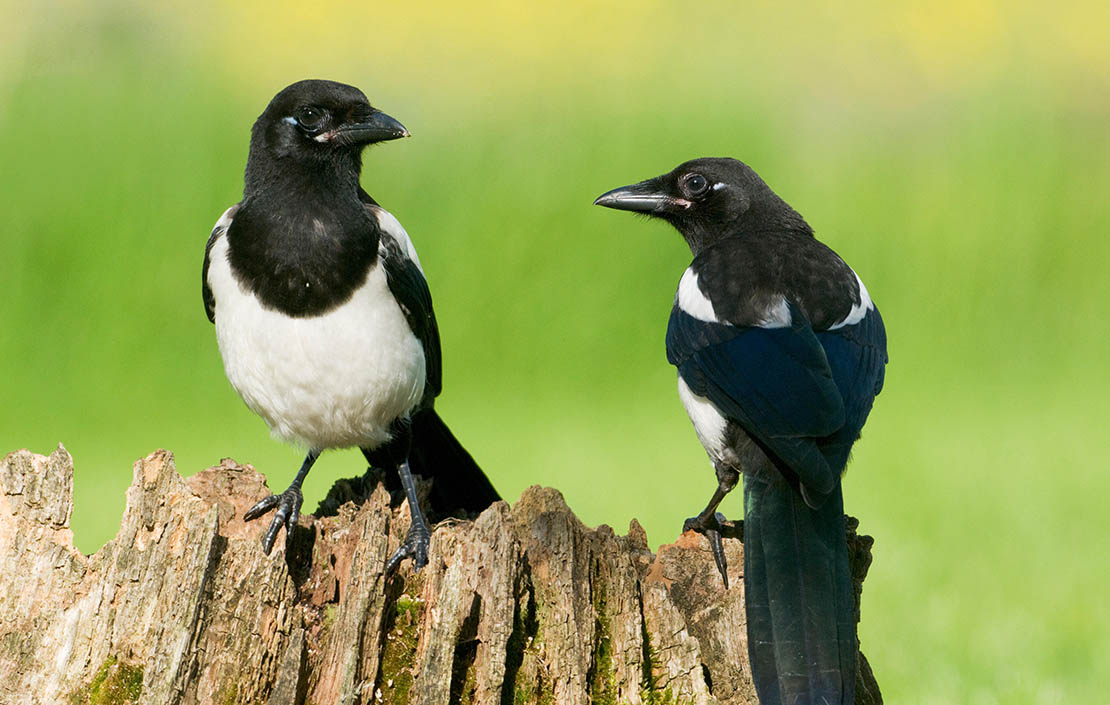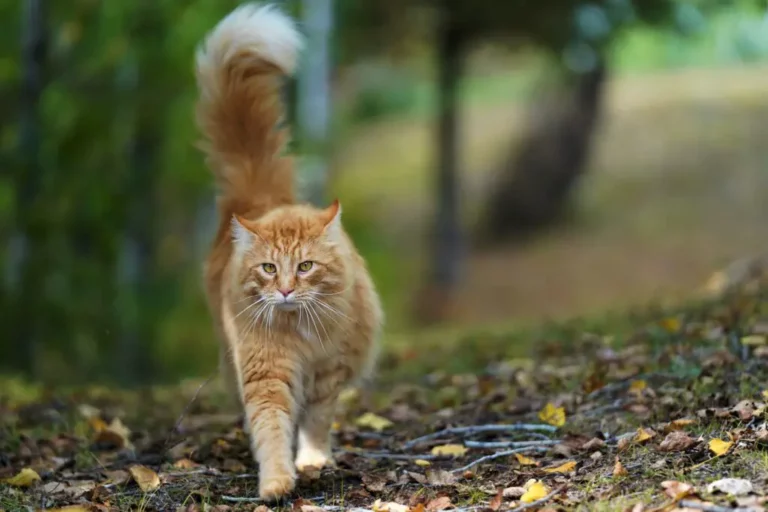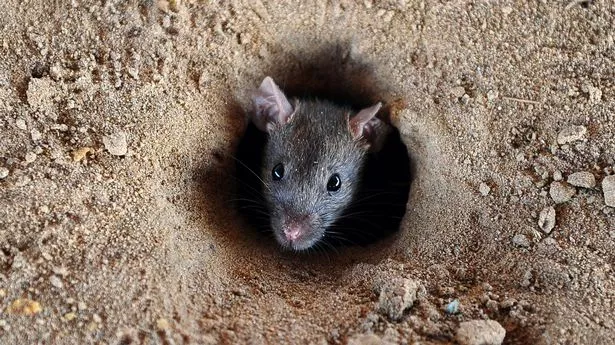How Long Do Baby Magpies Stay with Their Parents? A Comprehensive Guide
When it comes to the intriguing world of avian families, one of the most captivating species to observe is the magpie. These intelligent, black-and-white birds are known for their striking appearance and complex social behaviors. If you’ve ever wondered about the duration of baby magpies’ stay with their parents, you’re not alone.
Baby magpies are pretty quick learners. They leave their nest after about 26 to 30 days, finding a cozy spot on a nearby tree branch. But they’re not fully independent yet.
However, for the next one to two months, they stick close to their mom and dad. They won’t venture too far from home until autumn or winter rolls around after the breeding season. Sometimes, young ones even stay with their parents for years and help raise the next batch of babies. It’s like a family team effort
Let’s explore the world of newborns and observe how they develop while being closely watched by their parents.
About Magpie
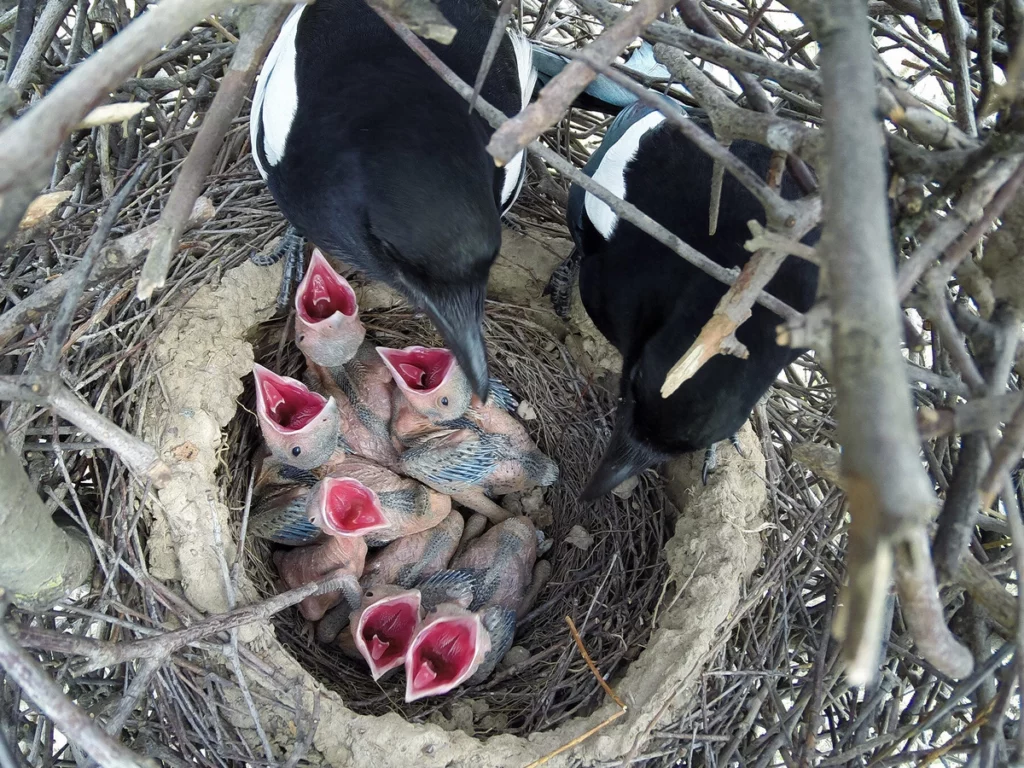
| Fact | Details |
| Physical Appearance | Striking black and white plumage with glossy black feathers on head, wings, and tails, white plumage on belly and wings; long tails |
| Range | Found in various parts of the world, e.g., Eurasian magpie native to Europe and Asia, other species in North America, Australia, and other regions |
| Habitat | Adaptable, thriving in various habitats including forests, woodlands, parks, urban areas, and agricultural lands |
| Social Behavior | Highly social with complex and cooperative behaviors, living in family groups, known for elaborate vocalizations |
| Intelligence | Considered among the most intelligent birds, exhibiting problem-solving abilities, tool use, and mirror self-recognition |
| Diet | Omnivorous, eating insects, small mammals, fruits, berries, seeds, and human food scraps; opportunistic feeders |
| Nesting Season | April to July (peak), can be from December |
| Nesting Material | Twigs and sticks with a mud cup inside |
| Nest Type | Large, bulky, dome-shaped |
| Nest Location | Dense trees and bushes, highly adaptable |
| Number of Broods | One brood |
| Clutch Size | 5 – 6 eggs |
| Egg Color | Pale blue or blue-green with speckled olive-brown markings |
| Egg Size | 34 x 24 mm |
| Egg Weight | 9.9 g |
| Incubation Period | 20 days, by the female |
| Fledgling Period | 24 – 30 days after hatching |
| Reuse Nests | Occasionally |
| Use Nest Boxes | No |
Magpies: Symbols of Good Luck and Happiness
In Chinese culture, magpies hold a sacred status, representing symbols of good fortune and joy. These clever birds are renowned for their attraction to shiny objects and, on occasion, their jewelry pilfering escapades.
Further, they exhibit remarkable memory, recognizing individual human faces over extended periods. They also display a keen sense of safe territory, remembering where they are welcomed or should avoid.
Also, these birds possess a unique aversion to metallic surfaces that reflect sunlight, a deterrent effectively created using various objects such as CDs, metallic Mylar balloons, aluminum pie pans, and partially filled plastic bottles suspended around areas where they cause disruptions.
Magpie’s Varied Diet
The Magpie’s culinary repertoire spans from carrion, including roadkill, to insects, with a particular fondness for large beetles. Their menu also includes small mammals, bird eggs and fledglings, as well as seeds, grains, nuts, fruits, and berries. In residential areas, they display their gastronomic versatility by relishing a wide range of available food, with a pronounced preference for suet-based treats like fat balls.
Nesting and Breeding Habits
Magpies are skilled architects of their nests, which they perch atop bushes, hedges, or trees. These nests are meticulously crafted from twigs and mud, boasting an inner lining of roots, hair, and plant fibers.
In addition, an arched twig dome provides protection, with access granted through a side opening. Nest construction is a collaborative endeavor, although the male primarily gathers materials. The female takes on the role of incubating the clutch, typically comprising six to eight eggs.
Following hatching, both parents share the duty of feeding the fledglings, which fledge approximately 25 days later. These young ones remain in close proximity to their parents for up to two months, venturing beyond their breeding territory as Autumn or winter approaches.
Breeding Behavior and Territories
Furthermore, they typically delay breeding until they reach the age of two, although some may begin as early as one year. Their breeding territories encompass a considerable 5-hectare area. Scarce nesting sites, especially in regions with intensive arable farming, can restrict the number of breeding Magpies. Typically, a breeding pair raises a single brood per season, although, in some instances, they may attempt a second brood if the initial one fails early in the season.
Intelligent Behavior
Because of their extraordinary intellect, birds are fascinating animals to watch. Even though they are mostly solitary, especially in the breeding season, young birds that are not breeding frequently form small groups and are occasionally joined by adult birds in the winter.
Also, when food is plentiful, they show off their ingenuity by storing food for later use. They frequently do this by using man-made structures like gutters or house eaves.
Population Trends
The history and population trends of Magpies reveal a significant resurgence since the 1960s, as they progressively colonized urban areas, particularly in England. However, their current population remains relatively stable, with minor declines observed in specific rural regions where they are still subject to trapping and shooting on shooting estates by gamekeepers.
Additionally, this practice primarily aims to protect young non-native farm-reared Pheasants and Red-legged Partridges. A darker chapter in its history unfolds in the mid-nineteenth century when persecution by gamekeepers began, resulting in a marked decline in their numbers in the countryside.
Urban vs. Rural Populations
Magpie populations thrive in urban settings due to the ready availability of food, reduced predation of their nestlings by Carrion Crows, and earlier nesting due to slightly warmer urban temperatures compared to the surrounding countryside.
Magpie Folklore
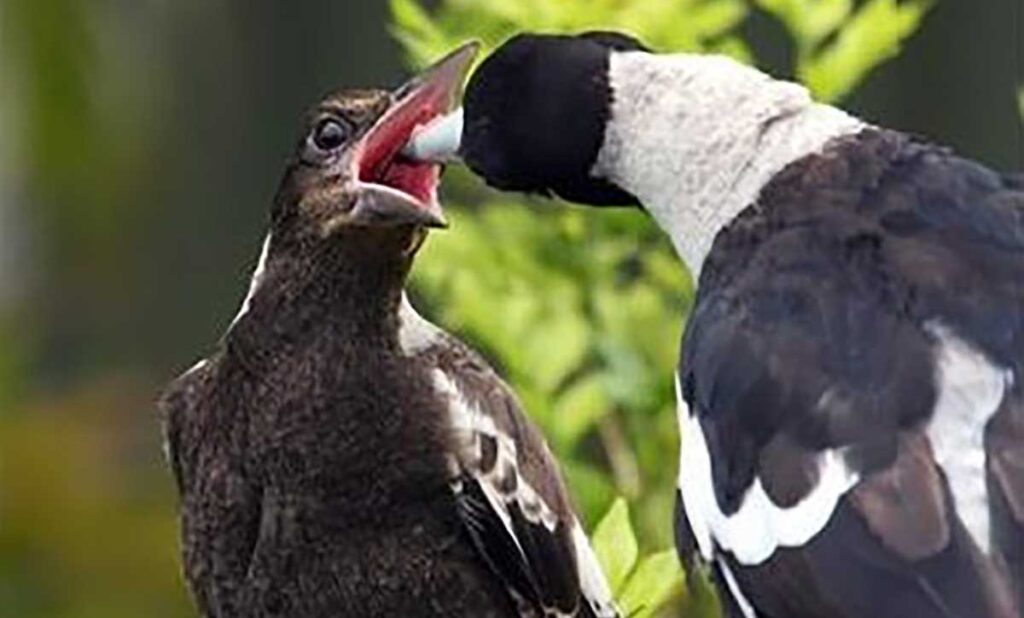
Steeped in folklore, they boast a rich and varied history across different regions of the British Isles. Folk beliefs associated the number of Magpies seen at any given time with omens of good or bad fortune, as encapsulated in the well-known nursery rhyme, “one for sorrow, two for joy.” Magpies have long held a reputation for stealing shiny objects, a stereotype that extended across Europe and was immortalized in Rossini’s opera, “La Gazza Ladra,” or “The Thieving Magpie.”
Nevertheless, scientific research from Exeter University dispels this myth, revealing that Magpies, contrary to popular belief, tend to avoid shiny objects such as rings.
FAQs
Why Do Magpies Attack Their Babies?
There are several reasons why magpies may attack their own offspring. It can be a response to feeling threatened and wanting to protect their young, or it might occur when a magpie is sick or injured, causing it to act out in pain. Malnutrition can also lead to aggressive behavior. Magpies attacking their babies is a serious issue that can result from various underlying factors.
Where do magpies nest?
Magpies exhibit flexibility in their nesting sites, with a preference for tall, dense trees and thorny bushes. While they generally favor tall trees of 10m or more in height, they can adapt to various environments, including rural, semi-rural, agricultural, urban areas, cities, and parklands. In urban settings, they often opt for simpler, open-topped nests.
What do magpie nests look like?
Eurasian and Black-billed magpie nests are large and dome-like in shape, constructed from twigs and sticks. Inside, they have a ‘mud cup’ that anchors the structure to the tree. These nests often feature side entrances, resembling a suspended stick hut. However, not all magpie nests are domed; some are open-topped. Tropical and subtropical magpies may build platform-like nests.
How big are magpie nests?
Magpie nests can be quite large, with Black-billed and Eurasian magpie nests measuring around 50 x 75cm. They often have side entrances, although open-topped nests are also common.
What time of year do magpies nest?
In the UK and North America, magpies can begin nest building as early as December. Egg-laying typically occurs in late March and April, aligning with the spring breeding season. Magpies nest primarily in the spring until late summer or early autumn, after which they may migrate or join wintering flocks or roosts.
How long do magpies nest for?
Magpies in the Northern Hemisphere start building nests in the winter before the spring breeding season, completing them by March at the latest. The duration of nesting depends on raising the brood to fledge, but most pairs raise just one brood per year.
How do magpies build their nests?
Magpies, known for their intelligence, work together to build nests, with males primarily gathering materials. The process often begins with a solid platform or ‘mud cup’ securing the base to the tree. Twigs and sticks form the dome structure, which is then sealed with mud and moss. The nest interior is lined with soft materials like moss, animal fur, and feathers. Some magpies create a rough 3D structure before interior filling.
When do baby magpies leave the nest?
Baby magpies typically fledge after around 26 to 30 days, moving to nearby tree branches. They stay close to their parents for an additional one to two months before leaving the parents’ territory, usually in autumn or winter.
How many broods do magpies have?
Magpies usually raise a single brood per year, but if the first brood fails early in the season, they may attempt a second. In areas with high magpie populations, not all pairs may breed due to competition for nesting sites.
What do magpie eggs look like?
Magpie eggs are pale blue or blue-green with speckled olive-brown markings, often concentrated at one end. Each clutch typically contains 2 to 6 eggs.
What month do magpies lay eggs?
In the Northern Hemisphere, magpies typically lay eggs during the spring breeding season, from late March until June or July. Egg-laying varies by location and can occur year-round in subtropical and tropical regions.
Do magpies use nest boxes?
No, Magpies do not use nest boxes but may raid nesting boxes for other birds’ eggs and nestlings. This behavior is natural for opportunistic omnivores and does not significantly impact songbird populations.
Do magpies return to the same nest each year?
Yes, Magpies are known for reusing their nests, especially in the case of Black-billed and Eurasian magpies. In the United States, magpie nests are often reused or upgraded approximately 30% to 40% of the time. Eurasian magpies, in particular, tend to return to the same area to rebuild their nests after the previous year’s nest has been destroyed.
How do magpies demonstrate their problem-solving abilities in nesting behavior?
Magpies exhibit their remarkable problem-solving skills in nesting behavior by meticulously choosing nesting locations and preparing them ahead of the breeding season. They start building nests early in December in the United Kingdom and North America to ensure they are well-prepared. This behavior showcases their adaptability and resourcefulness.
What is the significance of magpie relationships in nesting behavior?
Magpies are known for forming strong, often lifelong, bonds in their relationships. However, there are instances where a male magpie may pass away while the young are still in the nest, prompting the female to seek a new partner.
How can magpie nests be managed and deterred?
Managing magpie nests can be complex. Methods include trapping magpies and relocating their nests to accommodate hatching, pruning trees to reduce roosting cover, and utilizing scarecrows, kites, or eye balloons that frequently move around to disorient the birds. Additionally, securing food and garbage is essential to deter magpies from foraging through these items.
Final Words
In short, baby magpies leave the nest after about a month and then stay close to their parents for another one to two months. They become more independent when autumn or winter arrives. Some even stay with their parents for several years, helping to raise new generations. It’s like a family team effort among these clever birds.
Further, the story of how long baby magpies stay with their parents is not just about duration but also about the enduring bonds and the shared responsibilities that define the lives of these intelligent and social birds. It offers us a glimpse into the complex and heartwarming world of avian families, reminding us of the beauty and unity found in nature.

